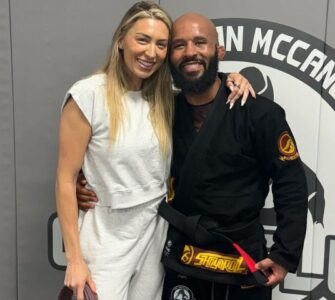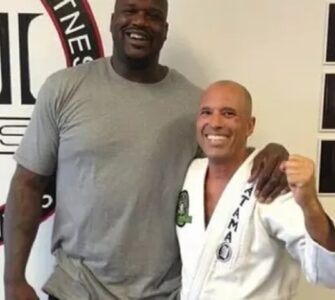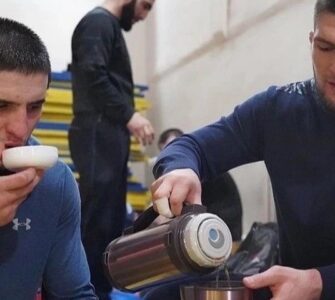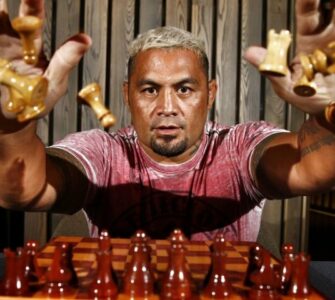Photo: © Piotr Pędziszewski/
https://www.facebook.com/
https://www.facebook.com/
Almost every sport takes its toll on the body, but contact sports and martial arts specifically are perhaps the most demanding. Dealing with day to day aches, pains, recovery related issues as well as with actual progress is a part of the deal from the very get go with brazilian jiu jitsu.
But there are certain things that can be incredibly helpful to you both as a human being and as a grappler – one such thing is finding muscle knots.
Body is a unique map with plenty of landmarks. These knots make you moan, groan, be grouchy or perhaps even incredibly painful. These are your literal pain points – muscle knots aka trigger points.
Pressing onto these spots may not get rid of all your aches entirely but it will surely relieve at least a big chunk of it.
Essentially muscle knots are the result of muscle fibers being torn and repaired – yet they remain clenched tight and lead to discomfort. This is where the tightness and pain are focused.
These so called trigger points can cause headaches, neck, jaw low back pain or perhaps many different kinds of join pain often mistaken as arthritis, tendinitis and or ligament injury.
There are 12 typical trigger points:
- Trigger Point #1: Levator Scapulae (Top and Middle Back of Neck)
- Trigger Point #2: Levator Scapulae (In Between Shoulder Blades)
- Trigger Point #3: Upper Trapezius (Back of Neck)
- Trigger Point #4: Upper Trapezius (Midsection of Sides and Back of Neck)
- Trigger Point #5: Upper Trapezius (Where Your Neck And Shoulder Connect)
- Trigger Point #6: Infraspinatus (Outer Edge of Shoulder Blade)
- Trigger Point #7: Infraspinatus (Under the Acromlon – Horizontal Boney Part Of Your Shoulder Blade)
- Trigger Point #8: Edge of Middle Trapezius (Just Above Deltoids)
- Trigger Point #9: Front and Back of Deltoid
- Trigger Point #10: Middle of Deltoid
- Trigger Point #11: Quadratus Lumborum (Above Elbow Level)
- Trigger Point #12: Piriformis (Sides of the Bottom of Your Spine)

For the neck pain you might want to press the levator scapulae!
/images/library/1478/content_content_musculus_levator_scapulae_function.png)
You might want to press there if you have trouble moving your head sideways because of neck aches.
The next point to check is in between the Shoulder Blades.
This is a place to press on if you have hind shoulder pain or you will stiffness in the neck.
Trigger point #3 is at the very base of the neck merging with the hairline. This is the spot to press if you have both a neck ache and a headache. It is a trigger usual for those hunching over a screen or a book.
Next trigger point is the Upper Trapezius – aka midsection of sides and back of the neck.
This is the spot to press on if you have a groaning ache that tends to get even more sore when you stretch it. This is a point useful to press if you have a stiff neck – if you sleep in the wrong position or if you’ve somehow irked the neck in practice. As per airawear:
You can either press in to release the trigger point, if not you can pinch it since it’s a surface muscle. Be careful not to dig in too deep at the start, since your neck is full of sensitive arteries and veins.
For shoulder and upper back aches there’s the 5th trigger point – the connection between neck and the shoulder.
The knots in this point make the neck feel tense and there’s some pain involved. This may be the origin of referred pain in the jaw temples and in some cases even the eye area.



















